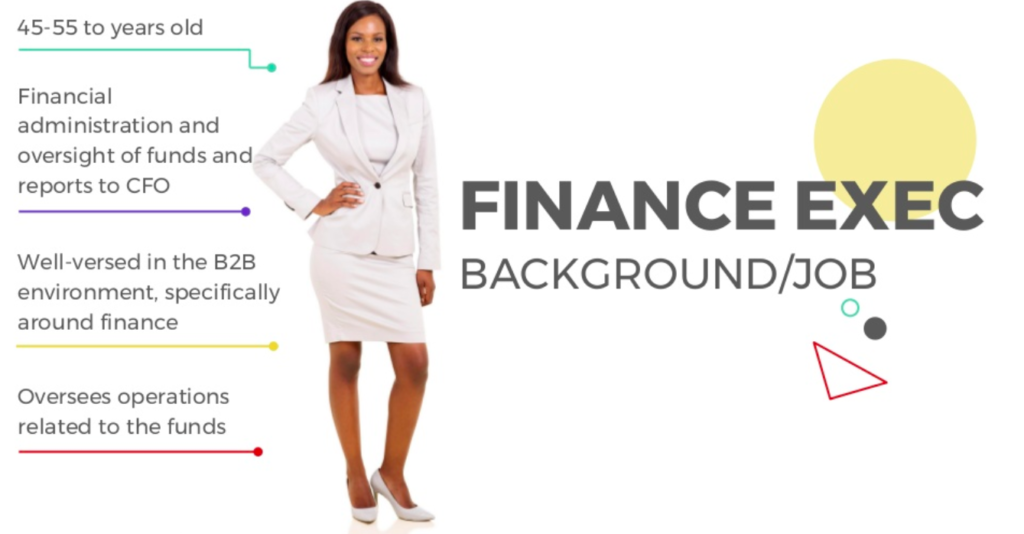The finance and insurance world has been one of the greatest comeback stories in recent memory. Financial services companies — including credit unions, banks, credit card companies, insurance companies, accounting companies, consumer finance companies, stock brokerages, investment funds, individual managers, and some government-sponsored enterprises — experienced an unprecedented downturn and loss of reputation in the mid-2000s.
And, yet, the last few years have ushered in a new era of innovation and transparency for finance and insurance companies — and they need a new type of workforce with more talent than ever to support it. In fact, one recent insurance industry survey found that 95% of companies had open positions to fill.
Here are four ways finance and insurance companies can overcome their unique talent shortage, restore trust, and build a path toward a better future using recruitment marketing best practices and technologies.
1. Assess your current recruitment marketing strategy and tech needs to properly prioritize
Finance and insurance companies have been forced to become more digitally focused with the rise of mobile banking, virtual wallets, and investment apps. And according to Risk & Insurance, “Big data, artificial intelligence, and machine learning are driving a shift in the way insurers approach risk and could fundamentally change the business model over the long term.” This leads to the need for the financial, analytical, and technical talent to deliver those innovations.
But when it comes to choosing the right technology and processes to attract and engage those technical candidates, many organizations struggle to find the right starting point.
That’s why Jobvite developed the EVOLVE Talent Acquisition Framework, a self-guided, free assessment that helps companies understand their current state and prioritize their greatest needs. Among other talent acquisition pillars, the assessment covers these core recruitment marketing processes that drive conversion:
- Inbound marketing
- Sourcing
- Outbound marketing
- Relationship management
- Candidate engagement
- Conversion and outcomes
2. Develop candidate personas to diversify your talent pool and hire multi-talented employees.
Buyer personas have been an integral part of the marketing world for quite some time. And today, the practice of researching and categorizing the most sought-after candidates has made its way into the recruiting world, as well. It’s an important practice both to help talent teams understand who they’re trying to hire and to develop content that is personalized just for them. (More on that later.)
Different companies approach personas differently, but they typically contain basic demographic information, words or phrases related to what motivates this persona, their pain points, and where they spend most of their time. For example, the persona for a traditional finance exec job could look like this:
This a basic example — and we should point out that the more detailed the persona, the more effective it will be. Personas are more important than ever in financial services, as they hire for new tech roles and seek to create a workforce that is representative of their customer base. For most, this will mean more diverse candidates across different genders, races, and ethnicities. (A mere 6% of financial advisors are black, even though they constitute about 13% of the U.S. population.) For some, it may also mean more millennial candidates.
3. Personalize the candidate experience.
Once you’ve built candidate personas, the next step is developing key audiences in your organization. Work with your HR team to understand what roles are the most urgent to hire today and what will be needed in the future. Then, use your candidate personas to start building content that is highly personalized to those personas. Be sure to include language that resonates with the people you want to hire the most.
Once you have created this personalized content, it’s important to reach each unique group of candidates where they are. Many candidates are increasingly turning to their mobile phones and text to find jobs, and some candidates prefer a specific social platform over another for their job search. So be sure to publish content to your career site, appropriate social pages, and other locations where your target audience is likely to be
Creating personalized content and sending it to candidates’ preferred method of communication shows that you value them at an individual level.
PRO TIP: Take recruiting to the next level with chat functionality. Our most recent Job Seeker Nation Survey shows candidates love using text to communicate with recruiters — even more so than email or phone calls.
4. Build trust by creating and promoting a strong employer brand.
According to SHRM, an employer value proposition (EVP) is critical for attracting top talent. In fact, they say an effective EVP can improve both talent acquisition and retention — even if you’re trying to attract passive candidates.
Simply put, an EVP is a strategic statement that embodies the company’s values and ideals. It should provide a quick snapshot of what it will be like to work for your company. A well-crafted EVP will help your company stand out from the competition — and it’s essential for a company or an industry trying to re-establish trust.
Once you have crafted an EVP you believe is a powerful and authentic representation of your company, you have to ensure it’s clearly posted on your company website and social media platforms. You can then start building employer branding materials, like videos and blogs, that show how your EVP translates across different departments, audiences, etc.
Trust is difficult to earn, but if you can be transparent about who you are and communicate it effectively throughout the candidate (and employee) experience, people will take notice. In the world of Glassdoor reviews, it’s more important than ever to live your brand.
If you want to learn more about how finance and insurance companies can modernize and optimize their recruitment marketing efforts, visit our Finance & Insurance page. You can also reach out at any time — we’d love to connect.





